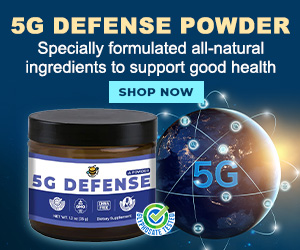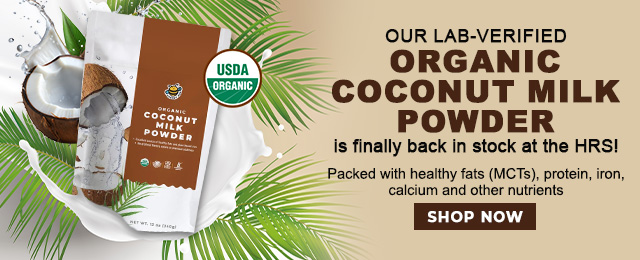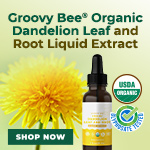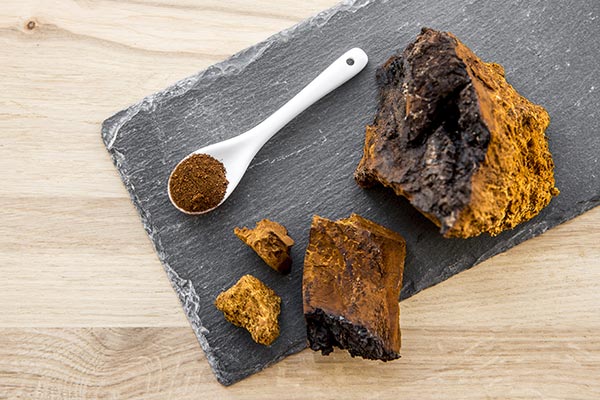
Many of the food products you’ll find on grocery shelves are packed with preservatives. Manufacturers like to add these substances to make foods last long in storage. And because chemical preservatives are invariably cheap, they are some of the most common ingredients you’ll find in packaged foods.
However, recently scientists have developed a keen interest in natural preservatives. Unlike synthetic chemicals preferred by the food industry, most natural preservatives are derived straight from plant-based sources. Apart from sodium, sugar and vinegar, some commonly known natural preservatives include lemon juice and rosemary and thyme extracts.
According to studies, natural preservatives that come from plants (i.e., fruits and herbs) have a few things in common. For one, they contain active compounds that can stop the growth of bacteria that cause food spoilage. These natural preservatives also contain powerful antioxidants that can preserve the color, taste and smell of foods for quite a long time.
Traditional ways of preserving foods
Food preservation techniques have been around for centuries. Before refrigerators and freezers were invented, our ancestors relied on more natural (and earth-friendly) methods to make their foods last longer. Although these methods required a lot of time, energy and effort, they ensured that the foods people ate back then were kept fresh, clean and ready to be eaten during the long, cold winter months.
Most traditional food preservation techniques rely on food items that can be found in any kitchen. These include common ingredients like herbs, spices and some condiments. As such, these old-fashioned techniques are some of the healthiest ways to preserve easy-to-spoil foods, such as fresh meat and produce.
Here are some of the ingenious methods people used to prolong the shelf life of their foods back in the old days: (h/t to BlessedBeyondCrazy.com)
- Canning — Developed by French researcher Nicolas Appert in 1809, this process involves tightly sealing food inside a container and heating it to a certain temperature for a specific amount of time. The vacuum formed inside the jar helps keep the liquid in and shuts out air and microorganisms that can cause food spoilage.
- Pickling or fermenting — A technique widely used even today, pickling involves soaking foods in vinegar, plus a little bit of salt, sugar or spices. This method of preserving food encourages fermentation — the process by which good bacteria convert carbohydrates into alcohol or organic acids — which results in pickled foods gaining some savory flavors.
- Drying — One of the simplest and oldest methods of preserving food, this entails drying or dehydrating foods by natural means. This means using the sun, wind or smoking techniques to remove moisture from foods. When properly dehydrated, foods like meats, fruits and veggies are less likely to encourage the growth of bacteria, molds or yeasts.
- Salting or curing — Salting or curing is based on the same principle as drying. Since microorganisms need moisture to grow, depriving them of this necessary component prevents them from causing foods to spoil too quickly. The only difference between salting and drying is that the latter draws out moisture through osmosis. Salting works best on meats and fish.
Why chemical preservatives are bad for your health
With the advent of modern kitchen appliances, preserving foods the traditional way has never been easier. However, modern time-saving devices have made food preservation and preparation quick and easy, making many of the old ways forgotten. This is why pre-packaged meals and processed foods loaded with harmful preservatives have now become a thing. And unfortunately for our health, these products offer us something that’s just too good to refuse: convenience.
The use of artificial or chemical preservatives is heavily regulated by the Food and Drug Administration. Common preservatives that can be found in pre-packaged and processed foods are deemed safe by the agency in the amounts that they are used. But according to the latest studies, these chemicals have a huge and unfavorable impact on our health. Here are some artificial preservatives you’ll typically find in processed foods and what science says about them:
- Butylated hydroxyanisole (BHA) and butylated hydroxytoluene (BHT) — Considered “Safe and Suitable Ingredients” by the U.S. Department of Agriculture, BHA and BHT are added to meats to keep fats and oils from spoiling. But despite their antioxidant properties, research has found that these preservatives can cause stomach cancer in rodents at high concentrations.
- Parabens — As dependable anti-microbial agents, parabens have been used in the food industry for more than 50 years. These chemical preservatives are also added to drugs and skin care products to help maintain product integrity. But according to several studies, parabens are able to penetrate the skin and remain within tissue. Parabens also disrupt hormone function and potentially increase the risk of breast cancer. A recently published study also found that maternal exposure to parabens can trigger weight problems in childhood for her offspring.
- Potassium sorbate — A preservative commonly added to baked goods, yogurt, wine and soft drinks, potassium sorbate forms sorbic acid when dissolved in water. This organic acid is said to be effective at preventing the growth of molds and yeasts. However, it also has the ability to damage human DNA. According to a study by Turkish researchers, potassium sorbate can even cause mutations in a certain type of white blood cells.
A natural preservative found in fruit peels
Fresh fruits and their juices are known to spoil easily. If you leave a glass of freshly squeezed orange juice at room temperature, it will only be stable for about four hours. But thanks to increasing scientific interest in natural preservatives, scientists have found a safe and effective way of stabilizing fruit juices so they can last for days. And believe it or not, this method doesn’t involve refrigeration.
In a recent study, Nigerian researchers found that adding pectin, a type of fiber found in fruit peels, helps preserve the freshness of orange juice for two days. Pectin is commonly extracted from apple pomace and citrus peels and is used as a thickening agent. Besides reducing your cooking time when making jams or jellies, adding pectin also allows you to use way less sugar than you normally would and keep most of the vitamins in your food intact.
There are many health benefits associated with the use of pectin. Besides feeding the good bacteria in your gut, pectin also promotes weight loss, improves blood sugar control, helps lower blood cholesterol and blood pressure, relieves diarrhea and constipation, enhances iron absorption and strengthens your hair and skin. Research also suggests that pectin from citrus peels may also help fight prostate and colon cancer.
For their study, Nigerian researchers extracted pectin from ripe banana peels. They noted that pectin doesn’t dissolve in cold water but readily dissolves when heated. Ripe banana peels, when heated for three hours at 95 C, produced large amounts of pectin. After analyzing the product, the researchers found that what they extracted was low methoxyl pectin (LMP). This type of pectin is perfect for making jams and jellies with low amounts of sugar. This is because LMPs can create a gel even without sugar and acid.
When the researchers added LMP to fresh orange juice, they found that the pectin successfully stabilized the juice at room temperature. Compared with fresh juice without LMP, the juice with pectin lasted for two more days without undergoing fermentation. The researchers also noted that the greater the amount of pectin they added, the faster the juice was stabilized. But adding more than 0.4 grams of LMP to 100 mL of fresh orange juice caused its color to change to brown.
These results show that pectin from ripe banana peels is a useful natural product that not only offers a variety of health benefits but also serves as a safe and effective natural preservative that can increase the shelf life of fresh fruit juices.
Sources:
IOSRJournals.org [PDF]



























